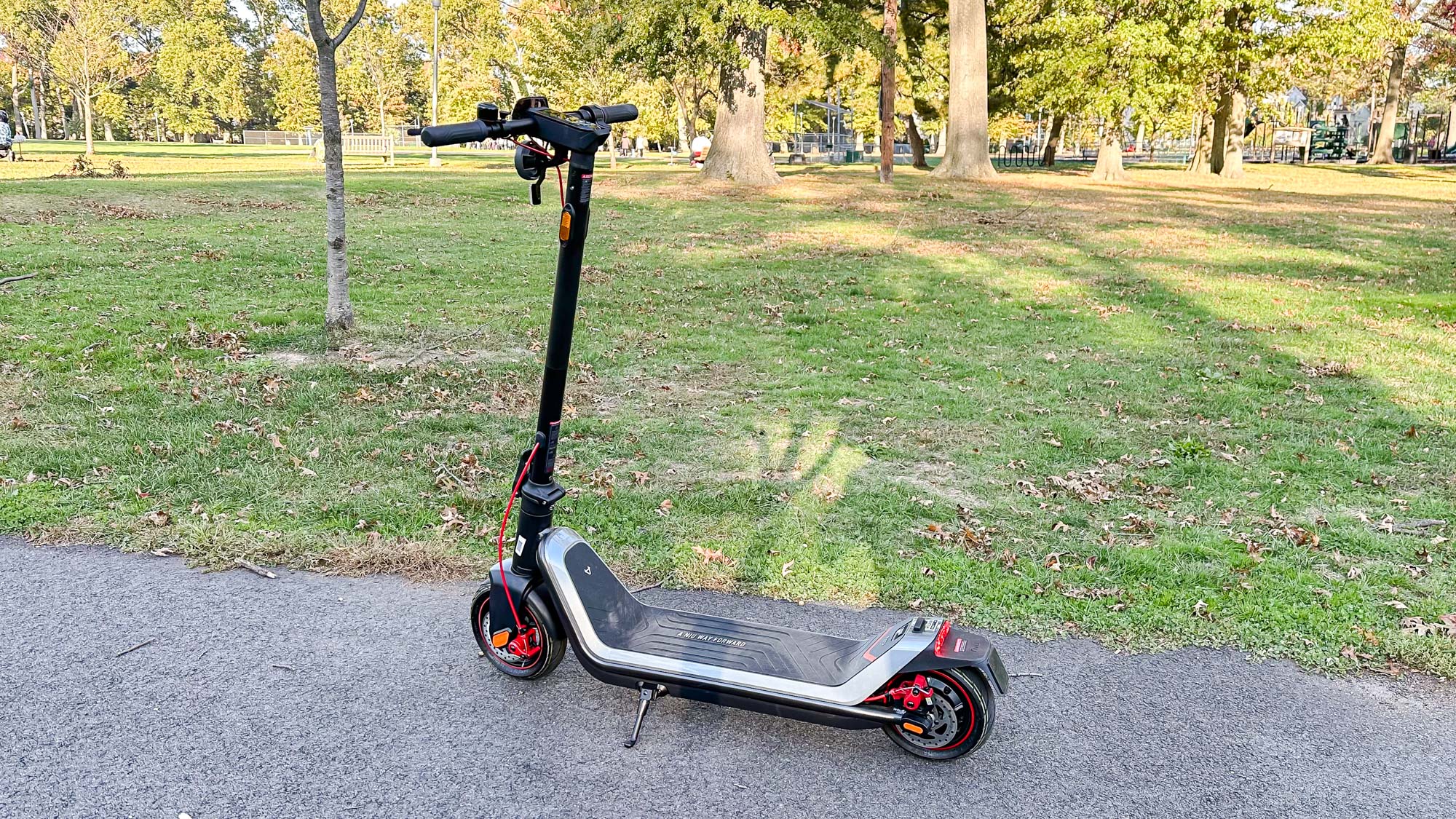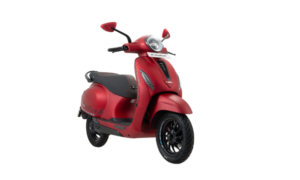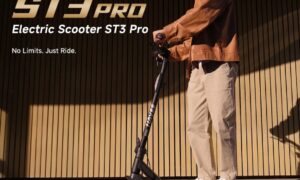As cities embrace micromobility and families lean into eco-friendly transport options, electric scooters have become more than just commuter gear—they’re a fun, practical, and smart choice for kids, teens, and adults alike. But with the 2025 market flooded with various models and features, how do you choose the one that fits your (or your child’s) needs?
This guide will walk you through everything: from picking the safest scooter for your child, to deciding between a seated or standing model, and understanding the types of electric scooters available today.
For Parents: How to Choose the Best Electric Scooter for Your Kids in 2025
Electric scooters for kids are more than just scaled-down adult models—they’re purpose-built with safety, learning, and age-appropriateness in mind.
The Ultimate Guide to Choosing the Best Electric Scooter for Your Kids in 2025 is a must-read for parents, covering essentials like speed limits, battery range, and build quality. But here’s a deeper look at what you should consider:
- Age & Size Appropriateness: Most kids’ scooters are designed for ages 6 to 14. Check the recommended age, weight limit, and deck height.
- Speed Control & Soft Start: Choose scooters with a gradual acceleration feature to prevent sudden jolts. Many offer parental controls or speed-limit modes.
- Lightweight Build: A scooter under 22 lbs (10 kg) is ideal for kids to handle, carry, or fold up.
- Safety Features: Look for non-slip decks, durable rubber tires, rear foot or hand brakes, and front/rear LED lights to ensure visibility and control.
Pro Tip: Teach kids proper riding habits early. Always pair the scooter with a certified helmet and safety gear. Regular maintenance checks—especially on brakes and tire wear—can prevent accidents and extend the scooter’s lifespan.
Seated vs. Standing Electric Scooters: Which One Should You Choose?
Not all electric scooters are created equal—especially when it comes to comfort and ride posture. Whether you’re commuting, cruising, or exploring, your ideal scooter depends on how (and where) you ride.
Seated vs. Standing Electric Scooters: Which Ride is Right for You? does a great job comparing both styles. Here’s a more practical breakdown to help you decide:
| Feature | Seated Electric Scooter | Standing Electric Scooter |
| Best For | Long commutes, older riders, comfort-focused use | Quick trips, active riders, urban maneuverability |
| Ride Comfort | Higher comfort with padded seats and suspension | Requires standing; better for short rides |
| Portability | Heavier and bulkier, not ideal for public transit | Lightweight, often foldable and backpackable |
| Control | Easier to balance at high speed or on long rides | More agile, suitable for weaving through traffic |
| Storage Space | Needs more room, less compact | Compact and ideal for small apartments |
Pro Tip: If you’re commuting more than 5 miles daily or have knee/back issues, go for a seated model. If you’re hopping on and off transit, or just want a flexible ride, standing scooters are the way to go.
Explore the Full Range: Types of Electric Scooters Explained
Understanding the types of electric scooters is key to finding one that fits your lifestyle, riding goals, and terrain.
Different Types of Electric Scooters outlines the major categories. Let’s dive deeper:
1. Commuter Scooters
- Designed for urban environments
- Lightweight, foldable, and energy-efficient
- Ideal for students, office workers, and last-mile travel
2. Off-Road Scooters
- Equipped with large pneumatic tires, suspension systems, and powerful motors
- Built to handle dirt, gravel, and rugged terrain
- Great for outdoor enthusiasts and adventure riders
3. Performance Scooters
- Focused on speed, torque, and advanced features
- Can hit speeds of 25–40+ mph with dual motors
- Best for experienced riders and speed lovers
4. Kids & Teen Scooters
- Prioritize safety, stability, and ease of use
- Lower speeds (under 15 mph), bright colors, and simple controls
- Tailored for younger riders and beginners
✅ Pro Tip: Always match the scooter’s intended purpose with your riding needs. Don’t overpay for speed or features you won’t use. For example, if you mostly ride around the block, you don’t need 40 miles of range.
✅ Final Checklist Before You Buy
Before you click “Add to Cart,” ask yourself these critical questions:
- Who is the rider? A child? Teen? Adult? What’s their experience level?
- Where will it be used? Smooth city roads? Gravel paths? Indoors?
- How far do you need to go? Make sure the range and battery specs align with your commute.
- Can you maintain it? Choose a reputable brand with parts, support, and easy-to-service components.
And above all—safety first. Whether you’re buying for yourself or your child, protective gear, proper riding posture, and road awareness are essential.



































